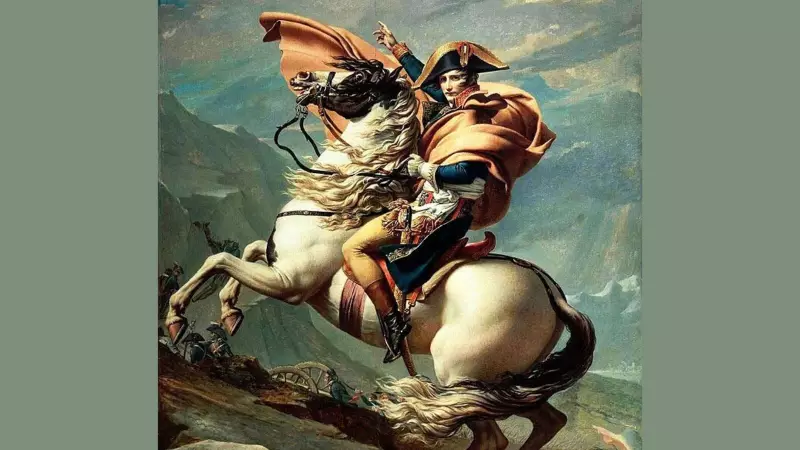
In a stunning breakthrough that reads like a historical detective story, scientists have finally cracked one of medicine's greatest cold cases—what truly decimated Napoleon Bonaparte's legendary army during their disastrous 1812 campaign in Russia.
The 200-Year-Old Medical Mystery
For two centuries, historians and medical experts have debated what caused the catastrophic collapse of Napoleon's Grande Armée, where approximately 400,000 soldiers perished. While retreat from Moscow and Russian winters have traditionally taken the blame, new DNA evidence tells a different, more microscopic story.
Using cutting-edge genetic analysis techniques, researchers have identified the actual biological killers: typhus and trench fever. These diseases, spread by body lice infesting the soldiers, proved far deadlier than any Russian soldier or snowfall.
How Science Unearthed Historical Truth
The research team made their groundbreaking discovery by analyzing dental pulp extracted from the teeth of soldiers who died during the retreat. This biological material, protected within teeth for over two centuries, preserved the DNA evidence needed to identify the pathogens.
The findings reveal:
- Typhus (caused by Rickettsia prowazekii) was widespread among the troops
- Trench fever (Bartonella quintana) infected numerous soldiers
- These diseases thrived in the unsanitary, crowded conditions of military camps
- Lice transmission created perfect conditions for epidemic spread
Re-writing Military History
This discovery fundamentally changes our understanding of one of history's most famous military disasters. While Napoleon's retreat from Russia has long been attributed to strategic errors and harsh weather, the DNA evidence suggests disease played the dominant role in the army's destruction.
"The conditions were perfect for disease transmission," explains one researcher. "Soldiers living in close quarters, limited hygiene facilities, and shared clothing created an ideal environment for body lice to spread these deadly bacteria throughout the ranks."
Broader Implications for Historical Research
This breakthrough demonstrates how modern scientific techniques can revolutionize our understanding of historical events. The same DNA analysis methods could be applied to other historical mysteries, potentially revealing:
- The true causes behind other famous military campaigns
- Disease patterns in ancient civilizations
- Migration patterns through genetic markers
- Historical diet and lifestyle through biological remains
The research not only solves a specific historical puzzle but opens new avenues for investigating humanity's past through the lens of modern science.





